Nothing says, “Winter’s coming,” in Michigan quite like a hardy squash. Be it butternut or be it buttercup – you can’t go wrong with a simple squash roast or soup creation. Here are some quick preparation tips for when it’s time for slicing! Don’t forget to check off your bingo card after your meal!
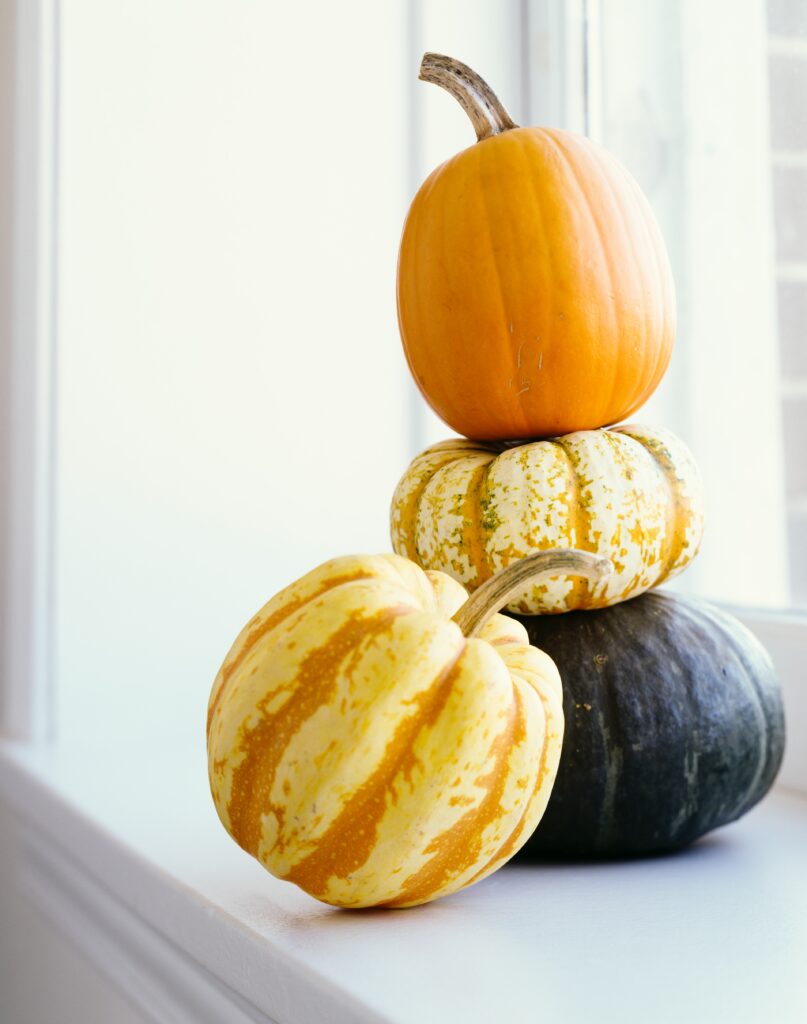
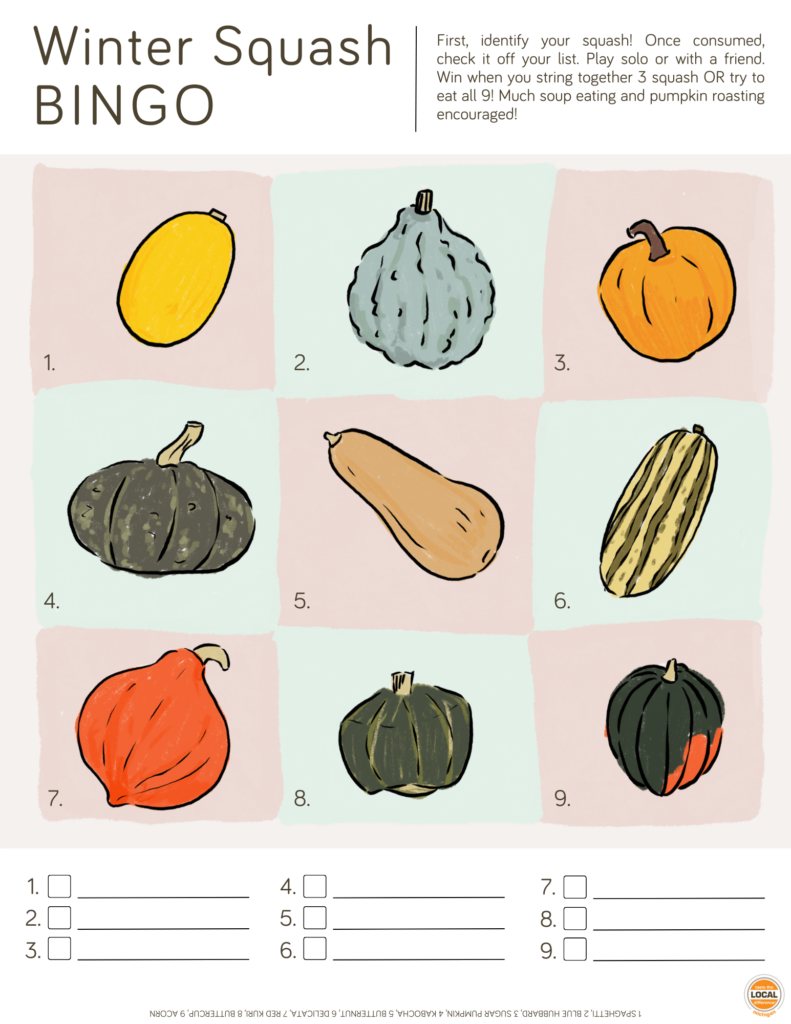
Delicata
Cut off the ends of this stripey squash to create two flat sides. Then, cut it lengthwise to access and scoop out the seeds! Instead of cubing, try slicing in ¼ or ½ inch pieces (keeping the arc shape of the halved squash) and place on a sheet pan for roasting. Looking for a great recipe? Try our Roasted Delicata Squash and Ginger Salad or take a different route, roast the squash in large sections, and prepare this Delicata Squash Salad by Abigail Therrien and Dave Vanderlaan of Littlebird in Grand Rapids.
Blue Hubbard
Blue Hubbard squash is a grey-blue lumpy veg (technically a fruit, as all squash are). And getting a firm hold on it is the most tricky part. Once you’ve done so, you can roast it whole, cut it into chunks, or slice it. If roasting whole, make sure to pierce it at least 10 times on the top and sides to avoid a steam-induced squash explosion in your oven. For more Hubbard squash information, look here.
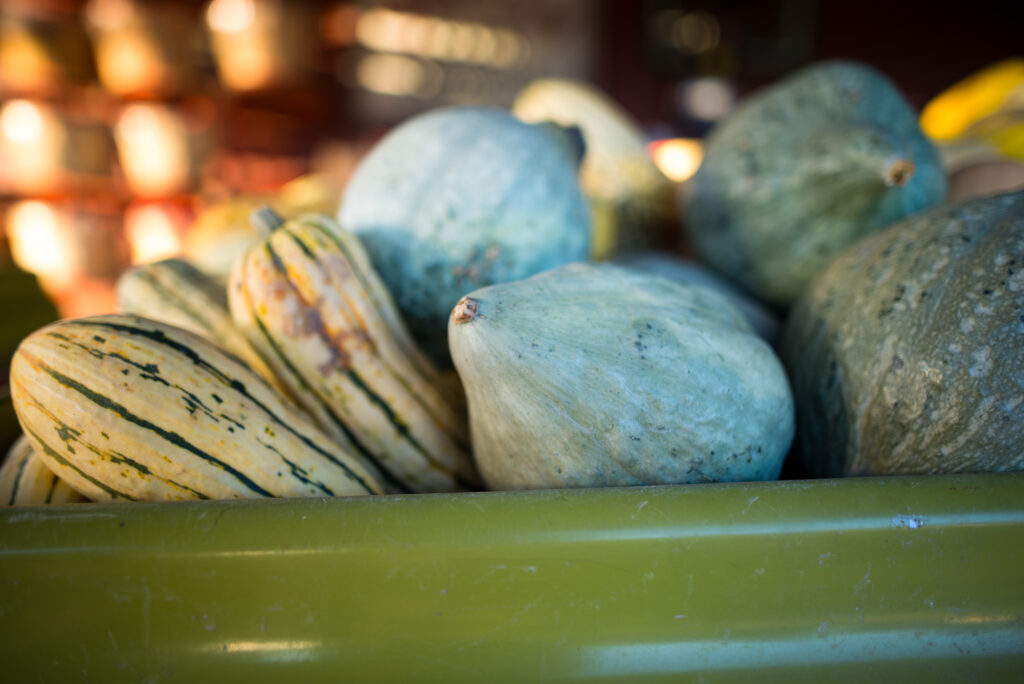
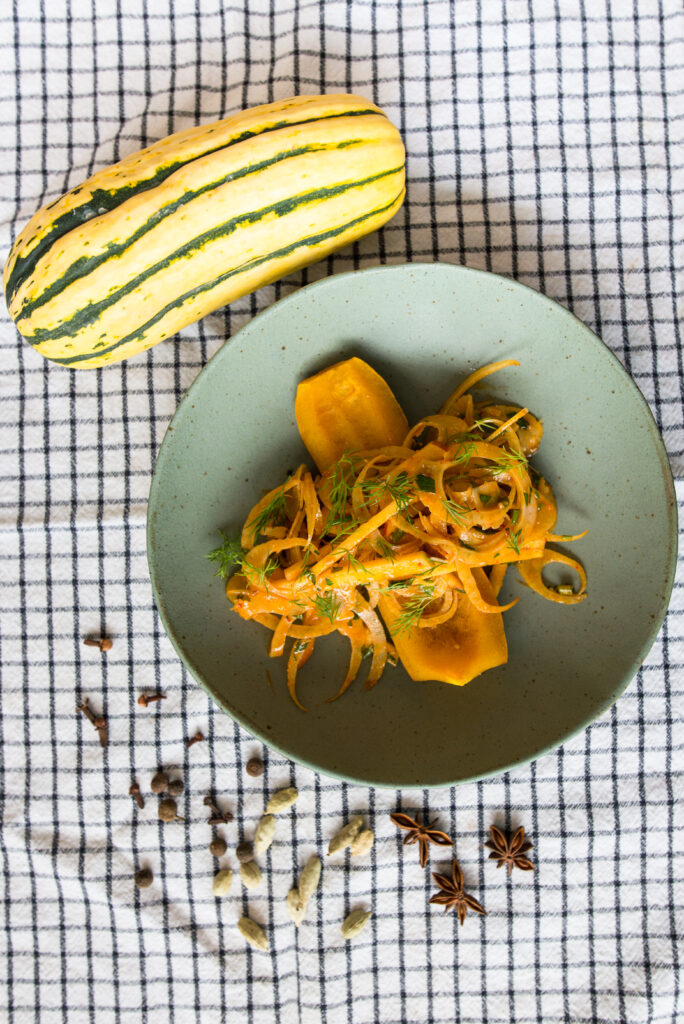
Sugar Pumpkin
Sugar pumpkins are on the easier side of the squash prep spectrum. Due to their smooth surface, they’re relatively easy to peel and cut. For this kind of squash, you’ll want to use a fork or spoon to scoop out the stringy and seedy insides before roasting or boiling. Then, use it to make something glorious like this Pumpkin Custard from Oryana. Don’t forget to save the seeds to roast on their own! They’re a great fall snack.
Red Kuri
Here we have another squash that’s difficult to peel, so most home chefs will cook them in the oven halved or whole with the skin on. Just as you would cook any other squash whole, make sure you’ve pierced the skin so steam can escape while it’s baking! If halving the squash, remove the seeds before placing it in the oven.
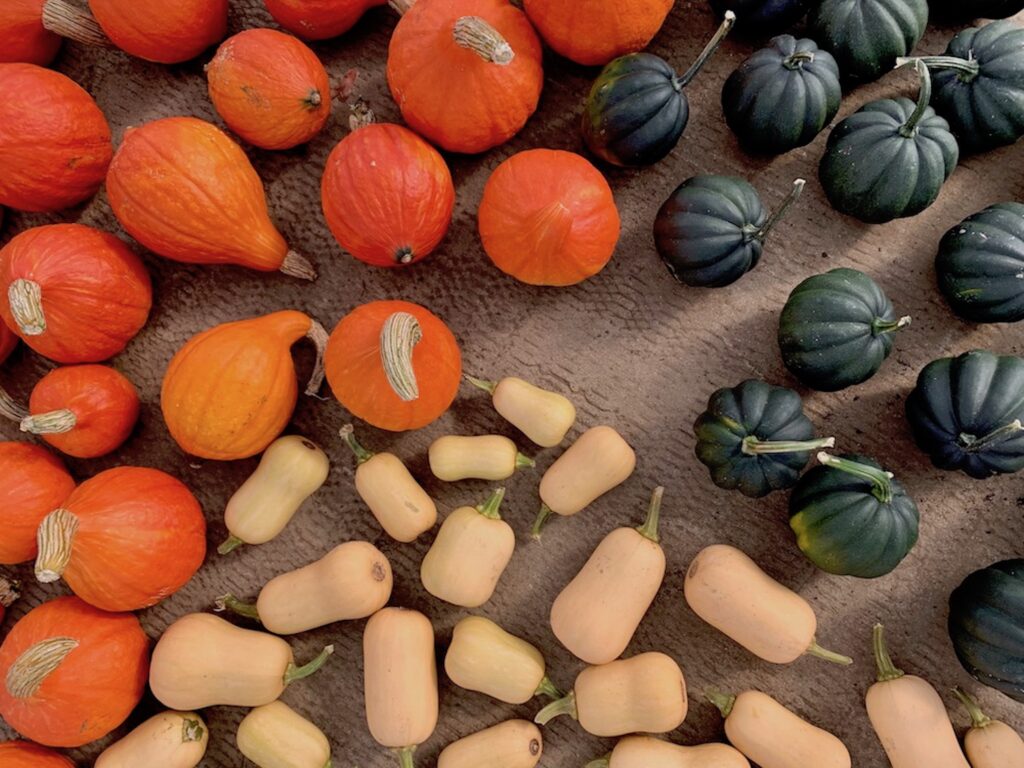
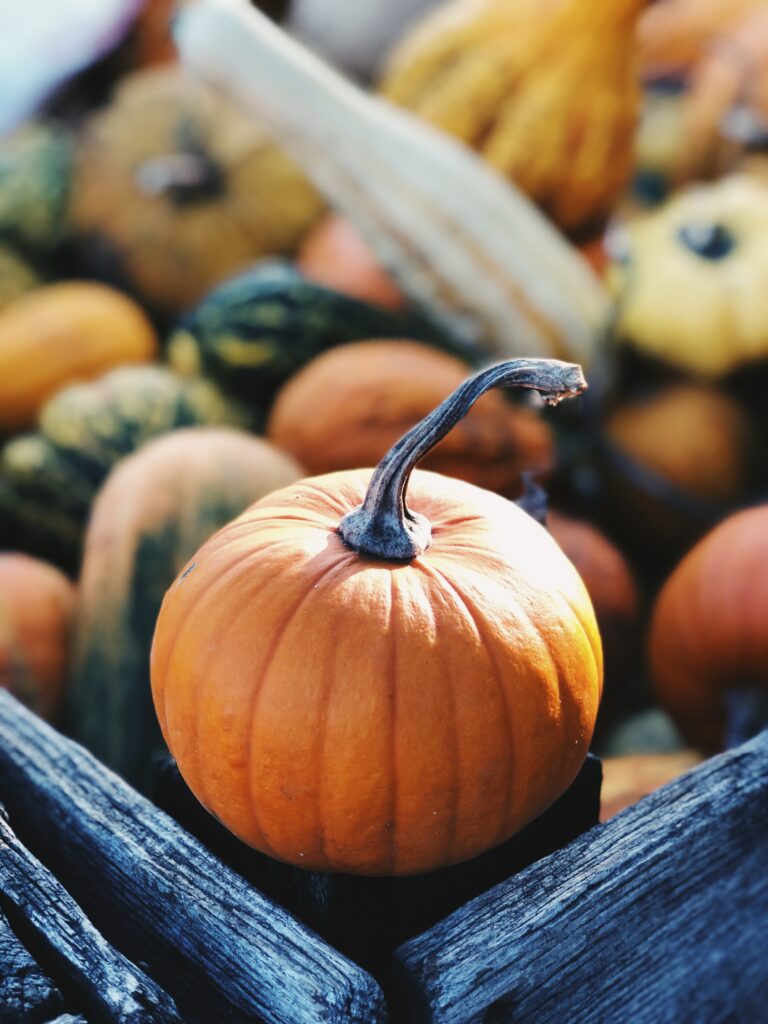
Butternut
A common, albeit difficult squash to handle, butternut squash is an excellent soup maker. For easy prep, cut off the top about an inch below the stem. Do the same for the base of the squash. Then, use a sharp knife or peeler to remove the tough, beige outer layer. Once peeled, cut in half, separating the bottom bulbous half from the skinnier top. Split the bottom half in two and remove the seeds and strings with a spoon. Once finished, the rest is ready to be cut and cubed!
Pro tip: peeled butternut squash can be slippery, so watch your fingers, get a good grip, and make sure your knife is sharp! Looking for a great butternut squash recipe? Try this Roasted Butter Squash with Citrus Gastrique from Jermond Booze of Taste the Diaspora in Detroit.
Buttercup
Boiling and steaming are excellent (and easy) preparation methods for this squash that keep it tender throughout the cooking process. No need to peel this one either. The skin is tasty and tender, once cooked. Try dicing your buttercup squash, boiling in salted water, and mashing for a mashed potato alternative!
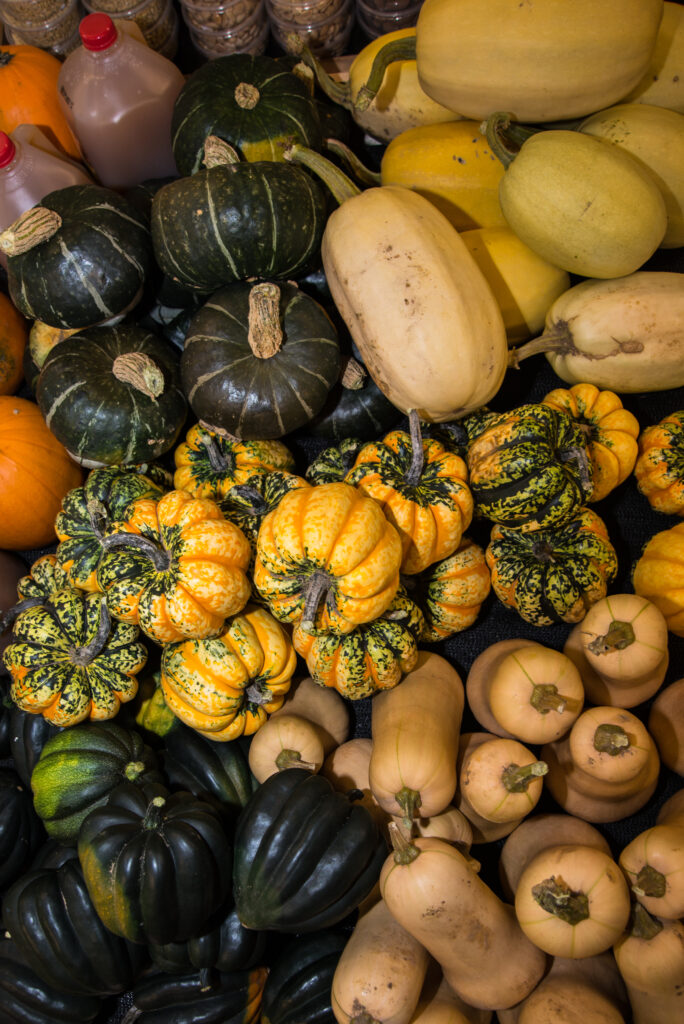
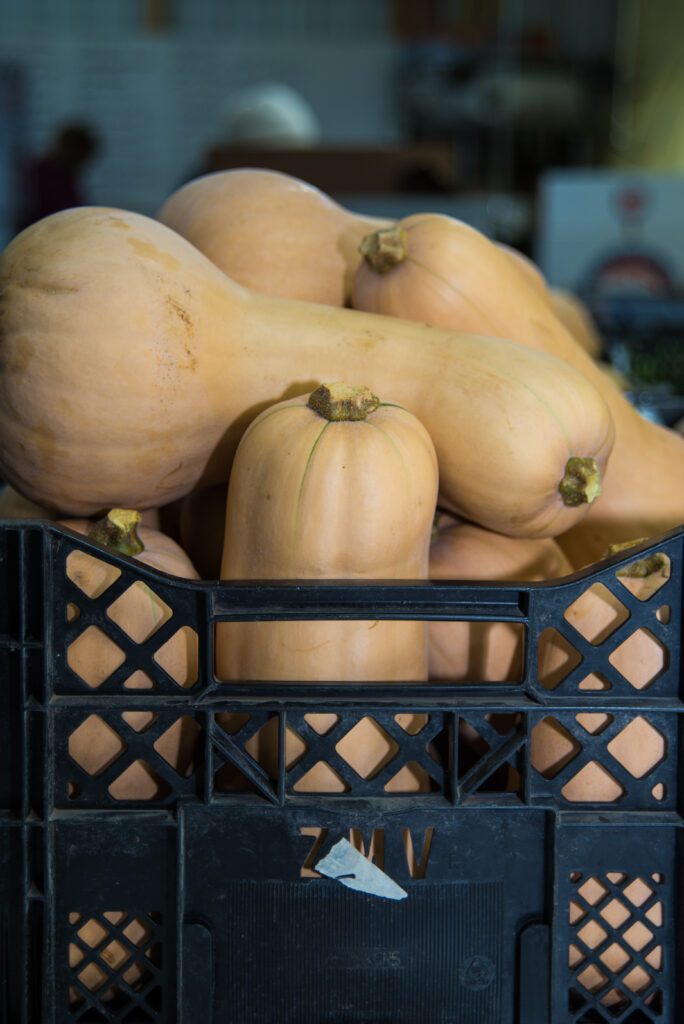
Spaghetti Squash
Once you’ve roasted and scooped out the innards of spaghetti squash, you’ll have no doubts about its namesake. The noodle-like guts are a perfect pasta alternative for those avoiding gluten or those who just enjoy a good squash substitute! The best way to cut this squash is to hold it down firmly on a cutting board and use a large, sharp knife to sever it in two. For many recipes, that’s all the cutting that needs to be done! Next, you oil a sheet pan, place the squash flesh side down, and bake!
Kabocha (or Japanese Pumpkin)
Like all squash, the skin of kabocha squash is edible. But unlike other squash, many recipes, like kabocha tempura or simmered kabocha, call for the skin to be kept on. Learn more about the kabocha squash here and cook up this squash stuffed w/ wild rice, parmesan, cherry tomato conserva + lemon parsley mojo from Abra Beren’s cookbook, Ruffage: A Practical Guide to Vegetables.
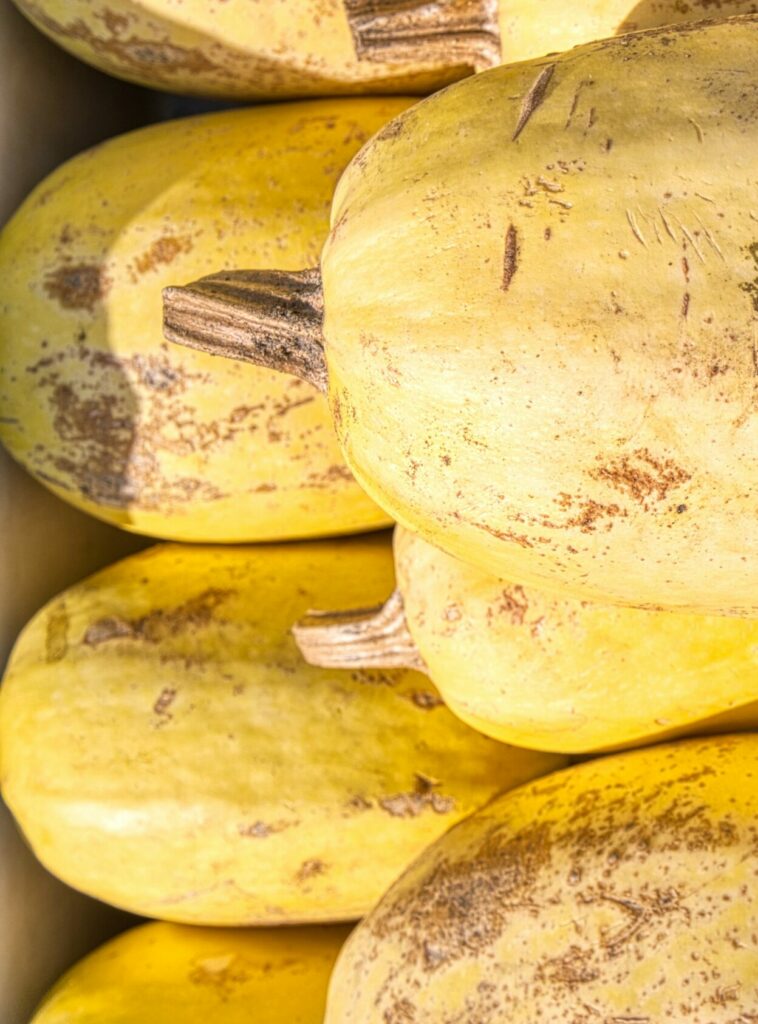
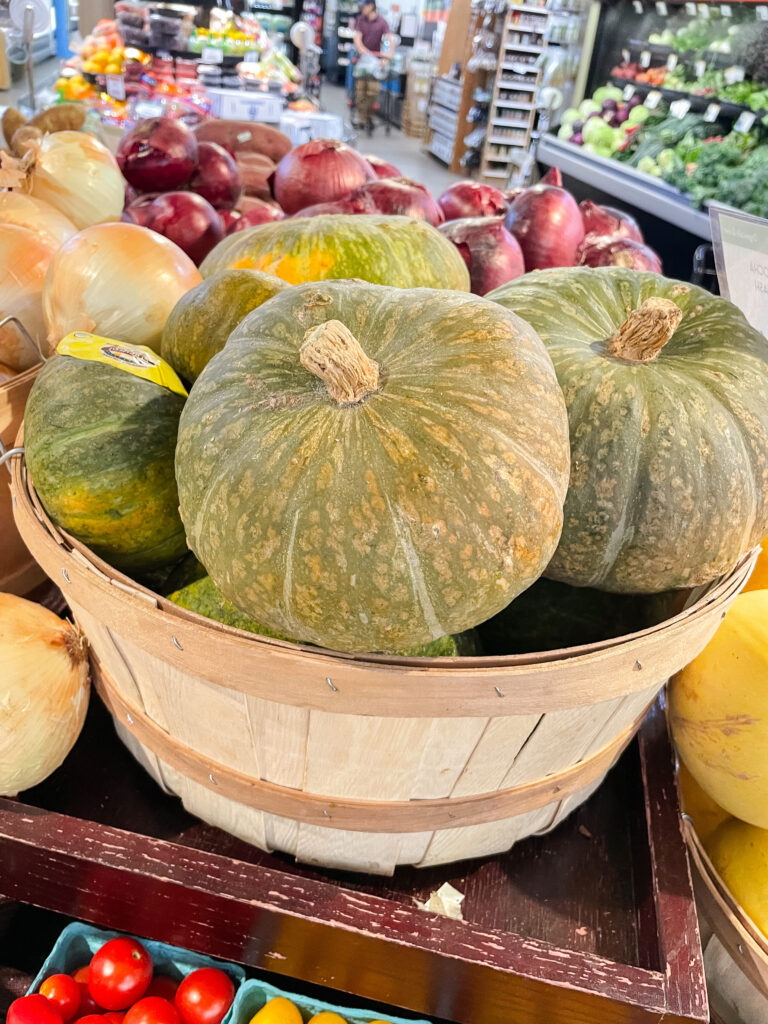
Acorn
When the peel is tough, don’t peel it; a squash lesson that applies to most varieties. For acorn squash, the simplest way to prepare it is by using a sharp knife to cut it in half, scoop out the seeds, and roast it. Another popular (and simple) way to roast acorn squash is to slice it into ½ inch sections and present them elegantly on a plate or platter.
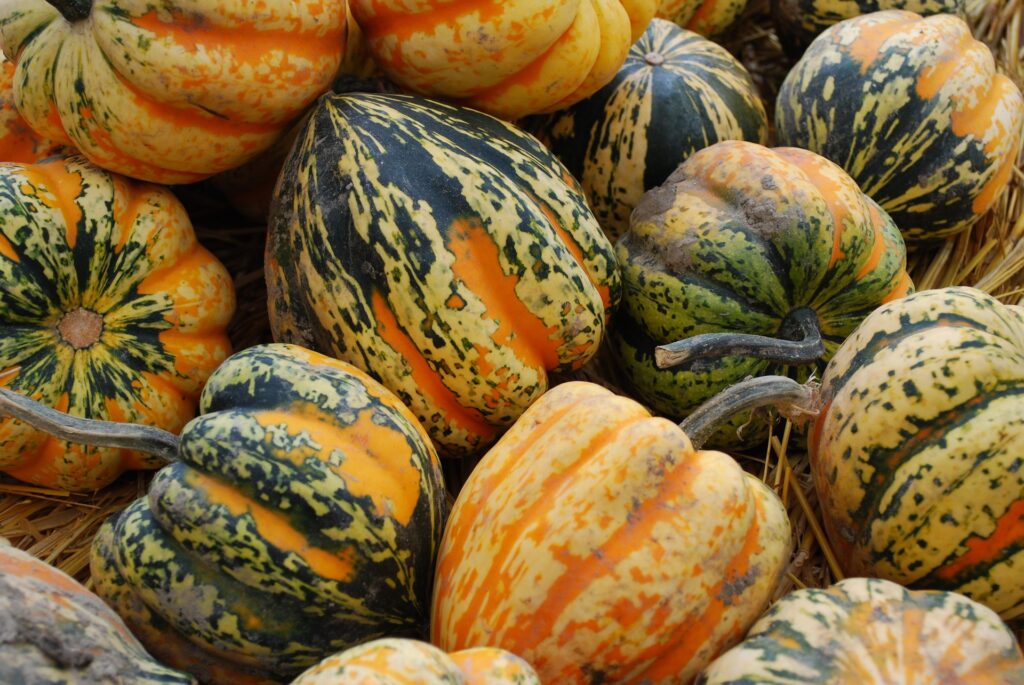
These are just nine of MANY squash varieties found in Michigan. For a list of farmers satisfying regional squash appetites, check out our Find Food and Farms Directory.
Further Reading:
Emily Row is the Brand and Media Manager at Taste the Local Difference. You may contact her via email [email protected].
